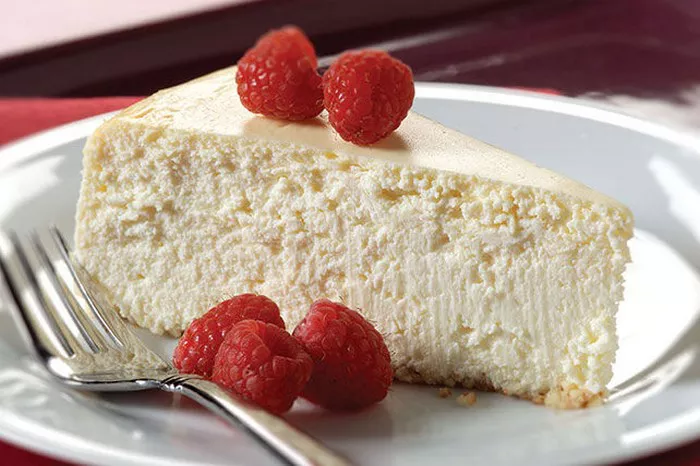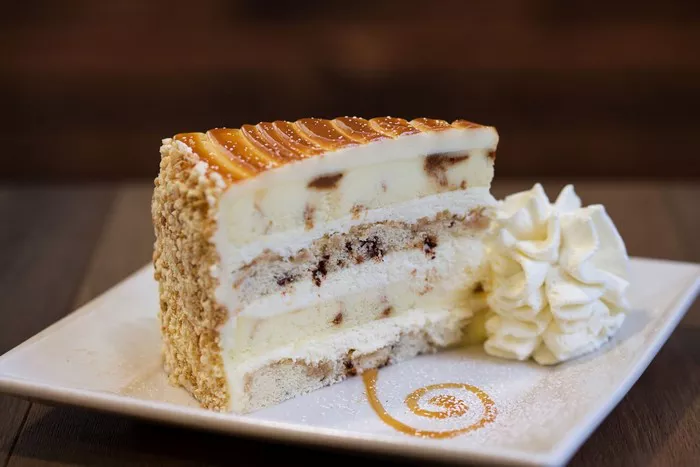Desserts often bear puzzling names that don’t quite align with their origins. Consider “Baked Alaska,” which has no real ties to Alaska, or “Hummingbird Cake,” despite lacking actual hummingbirds. Then there’s “Buckle Cake,” which shares no resemblance with a belt buckle. In Mexico, however, there’s a dessert aptly named the “Impossible Cake,” also known as “chocoflan,” and its title is right on the money. What makes it so extraordinary is the perplexing way its layers transform while baking.
Here’s the enigma: As the cake bakes, the layers invert themselves. The process begins with a bundt pan containing a layer of chocolate cake batter topped by a layer of flan (some recipes even call for a caramel layer beneath the cake batter). Yet, when the cake emerges from the oven, the impossible happens—the chocolate cake layer sits atop the flan.
While it might be fun to envision a touch of magic or pixie dust causing this layer-shifting phenomenon, there’s actually a scientific explanation. The key player here is gravity. In a nutshell, the density of chocolate cake batter exceeds that of flan. While uncooked, the cake batter is dense enough to support the layer of flan. However, as the batter cooks and rises, the cake layer becomes less dense by volume compared to the flan, causing it to ascend to the top.
When you flip the bundt pan holding the fully cooked cake onto a plate, you’re left with a delectable treat featuring a chocolate cake layer, topped with flan, and potentially encased in a sweet caramel layer for an added delight.


























